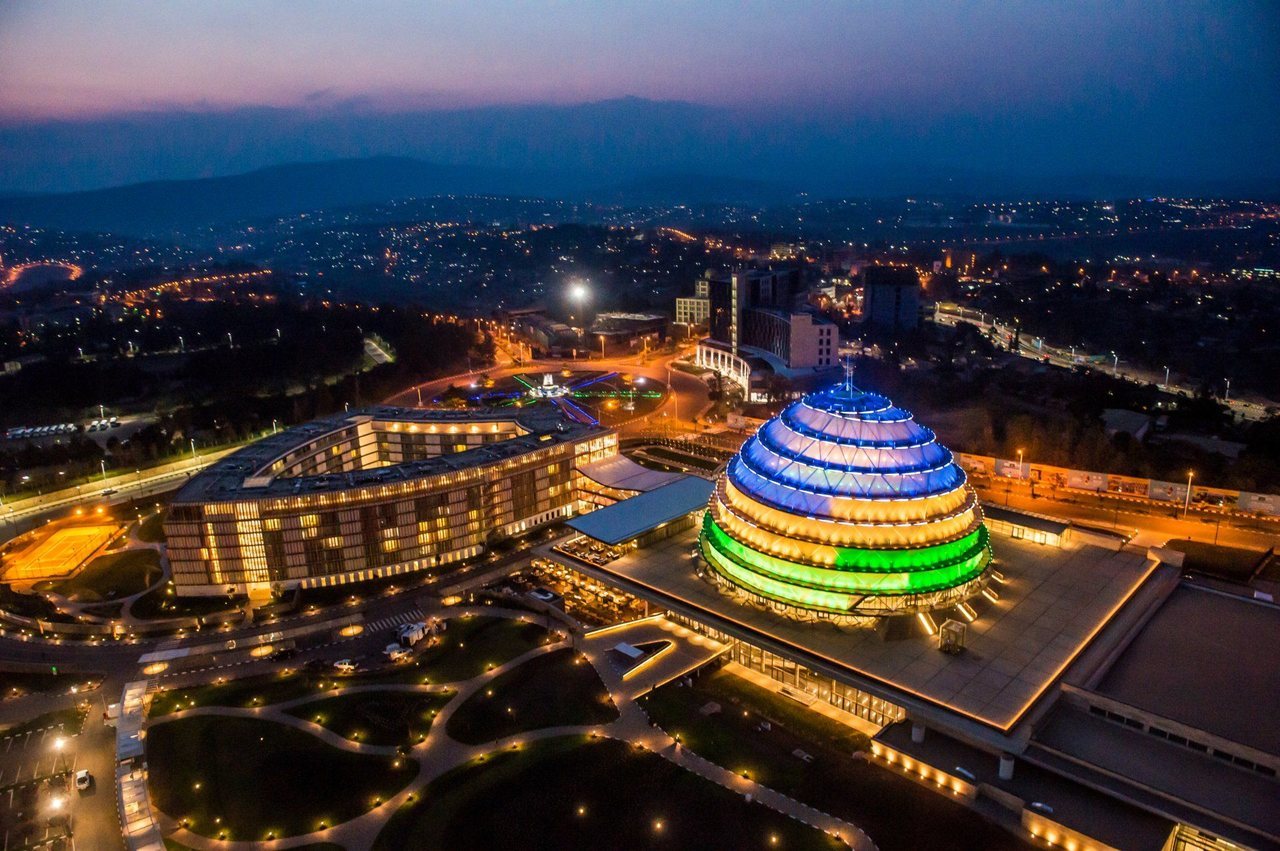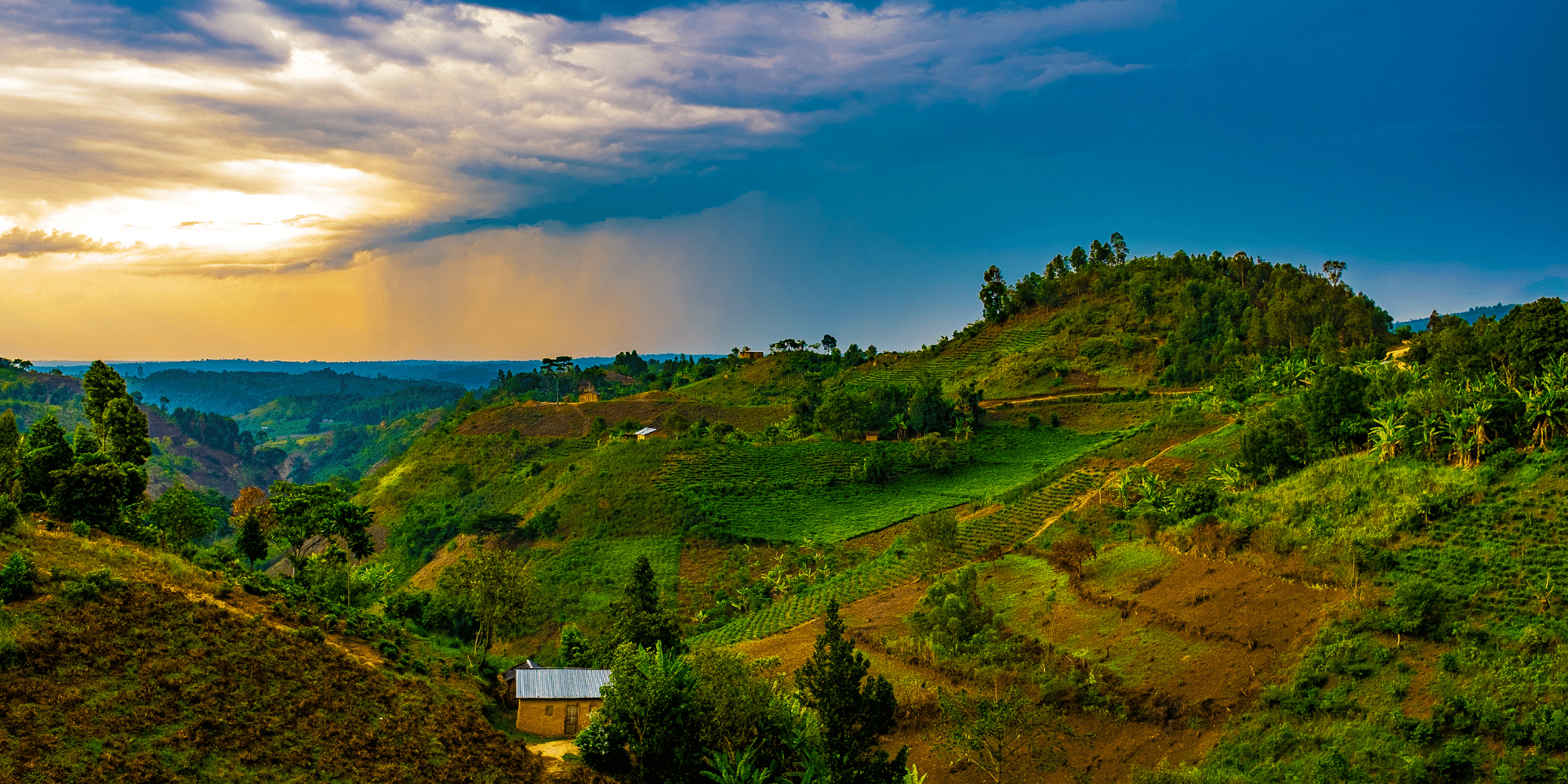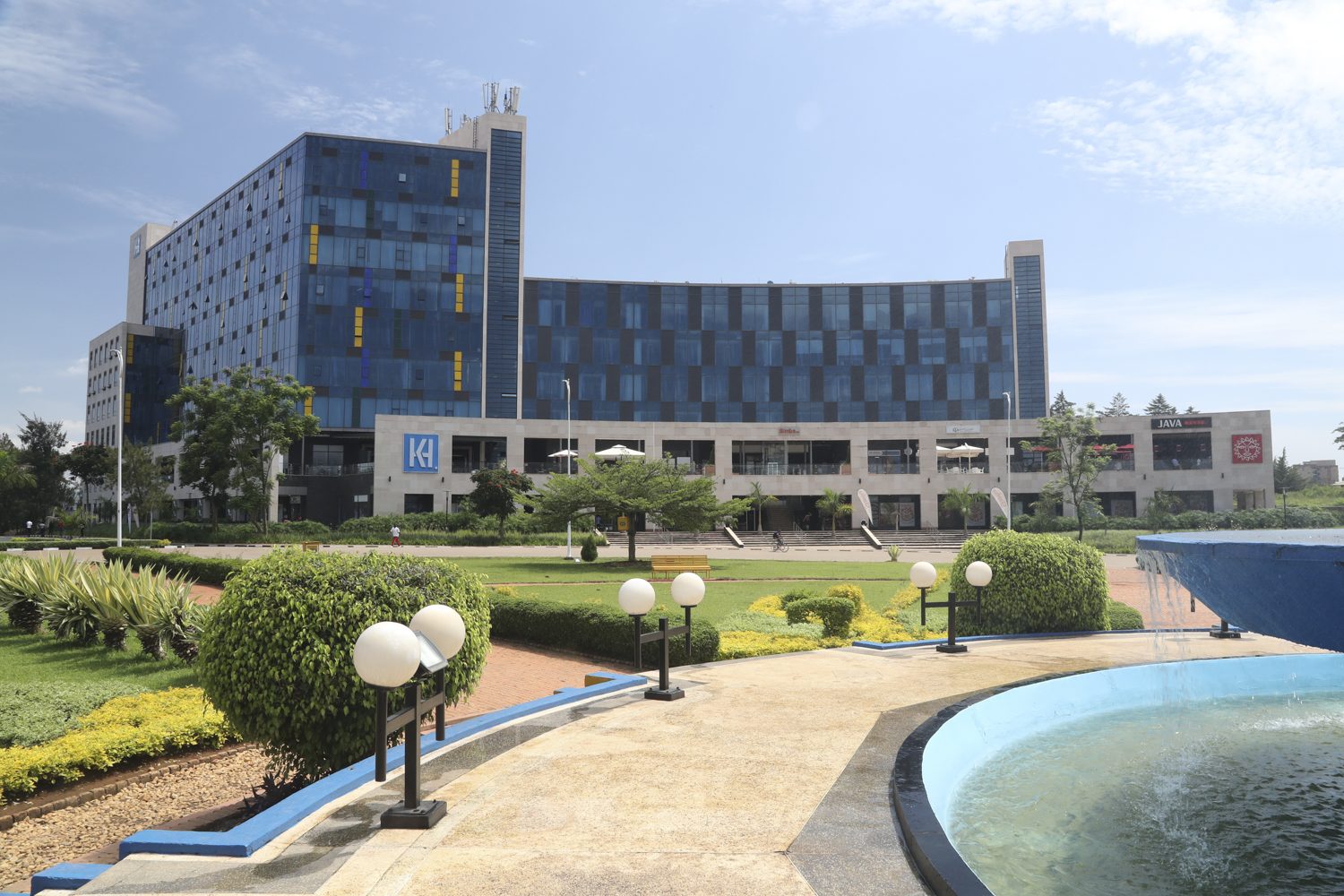About Rwanda

RWANDA
GEOGRAPHY

Tiny Rwanda—the country is approximately the size of the U.S. state of Maryland—sits south of the Equator in central Africa. The landlocked country is bordered by Burundi to the south, Tanzania to the east, Uganda to the north, and the Democratic Republic of the Congo to the west. Known as the “land of a thousand hills,” Rwanda’s landscape is mostly hilly and mountainous. The Virunga Mountains, located in the northwest part of Rwanda, contain the country’s highest peak, Karisimbi, which reaches nearly 15,000 feet. Two major African rivers, the Nile and the Congo, flow through Rwanda. Lake Kivu is the country’s largest lake (and Africa’s sixth largest) and separates Rwanda from the Democratic Republic of Congo to the west. At its deepest point, Lake Kivu plunges 722 feet (220 meters) below the surface. Many people live on the shores of Lake Kivu and fish its waters.
PEOPLE AND CULTURE

Despite being one of Africa’s smallest countries, Rwanda is one of the continents’ most densely populated with approximately a thousand people per square mile. The Hutu and Tutsi ethnic groups make up most of the country’s population. Hutus make up about 85 percent of the population, with most of the remaining population being Tutsis. The majority of both groups practice Christianity. The capital of Kigali is the largest city in the country, but most Rwandans live in rural areas. Music and dance are a big part of Rwandan culture in cities and rural areas. Rwanda’s most famous dance is made up of three parts: the intore, meaning dance of heroes, performed by men; the umushagiriro, or cow dance, performed by women; and drumming, performed on drums known as ingoma. Common ingredients in Rwandan dishes include bananas, plantains, sweet potatoes, and beans. Fish dishes, especially ones with tilapia, are popular with Rwandans living near lakes. Most Rwandans eat meat only a few times a month.
Nature

Home to tropical rainforests, mountain ranges, and volcanoes, Rwanda is one of the most ecologically diverse places in Africa. The continent’s Albertine Rift region, which covers much of western Rwanda, is home to about a third of Africa’s birds, 40 percent of its mammals, and 20 percent of the continent’s amphibians and plants. Travellers come to Rwanda to spot one of the 12 species of primates that inhabit the country’s national parks. Chimpanzees and several types of monkeys live in Nyungwe and Gishwati Mukura National Parks. Volcanoes National Park is home to about one third of the world’s mountain gorilla population as well as five of the eight volcanoes in the Virunga Mountains, a mountain range that stretches across East Africa. The country’s remaining national park, Akagera National Park, is home to black rhinos, hippos, elephants, giraffes, and Rwanda’s national bird: the gold-crested crane.
GOVERNMENT AND ECONOMY

In 2003, Rwanda adopted a constitution mapping out a presidential system of government. Rwanda’s president serves as the head of state overseeing two governing bodies: the cabinet, which works alongside the president to create policies, and the parliament, which makes legislation and oversees the activities of the president and the cabinet. The country is currently organized into four provinces, plus Kigali, the capital city. A different governor heads each of these five regions. The president is elected every seven years by winning the popular vote from Rwanda’s citizens; he or she appoints the five province governors. The president has a broad set of powers, including commanding the country’s armed forces, negotiating treaties, and declaring war or states of emergency. Rwanda’s economy is mostly agricultural. Bananas, coffee, tea, and tobacco are all major cash crops. One of the fastest growing sectors in the country is tourism, driven mainly by visitors coming to see mountain gorillas in their natural habitat.




